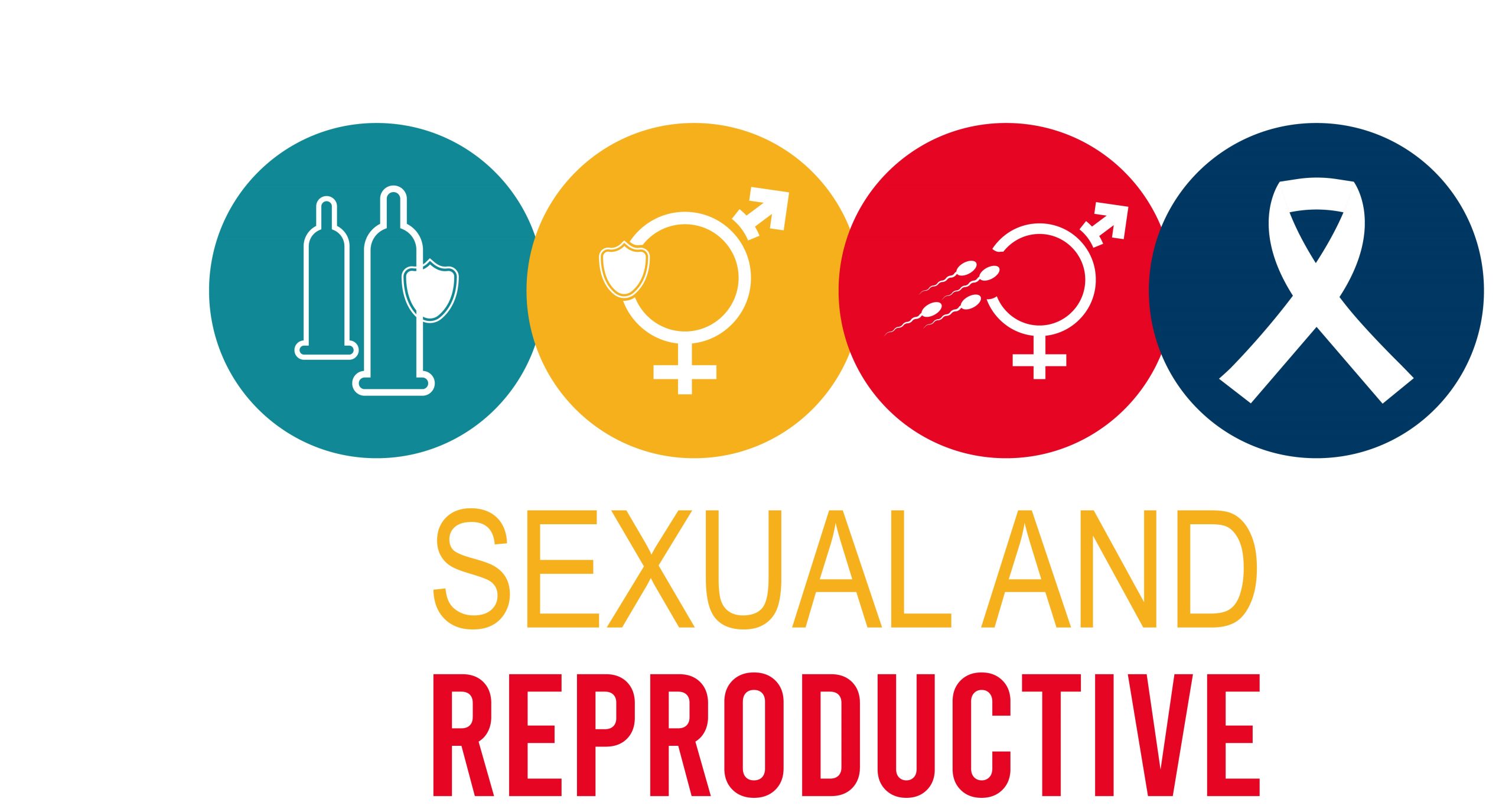Sexual and Reproductive Health
- Description
- Curriculum

Course Description:
This course on Sexual and Reproductive Health provides an in-depth understanding of the physiological, clinical, ethical, and societal dimensions of reproductive health across the life course. It equips learners with the knowledge and skills necessary to address a range of topics, including human reproductive anatomy, contraception, sexually transmitted infections (STIs), adolescent reproductive care, and the ethical, legal, and cultural aspects influencing service delivery. The course integrates evidence-based guidelines, international health frameworks, and client-centred care principles, fostering professional competence in delivering inclusive, respectful, and effective sexual and reproductive health services.
Course Objectives:
- Describe the anatomy and physiology of the human reproductive system and its relevance to sexual and reproductive health.
- Analyse contraceptive methods, including indications, mechanisms, and medical eligibility, to support informed counselling and client choice.
- Demonstrate the ability to assess and manage common STIs using syndromic and laboratory approaches in accordance with national and global protocols.
- Evaluate the impact of social, cultural, and legal factors on reproductive decision-making and access to care.
- Formulate adolescent-friendly communication and safeguarding strategies for delivering confidential, inclusive, and rights-based reproductive healthcare.
Course Outcomes:
- Identify and explain normal reproductive function and its implications for sexual health and fertility.
- Distinguish between various contraceptive methods and determine their appropriateness based on clinical and contextual factors.
- Apply appropriate diagnostic and treatment protocols in the management of prevalent sexually transmitted infections.
- Interpret ethical scenarios and policy guidelines to support culturally competent and legally compliant reproductive healthcare.
- Design and implement consultation techniques tailored to adolescent clients, ensuring confidentiality, consent, and effective risk communication.


